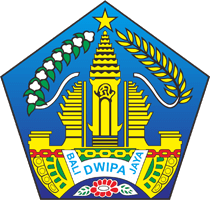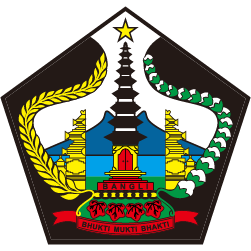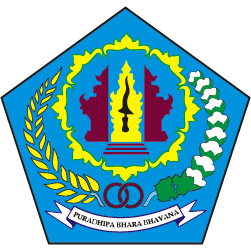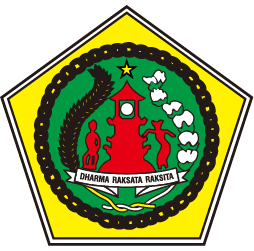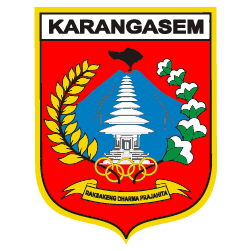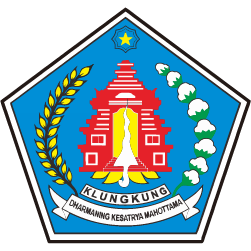Kemang Fruit, The Wry And Rare Fruit From Bali
Kemang Fruit, The Wry And Rare Fruit From Bali.
Bali is a beautiful and fertile land. You can find easily a variety of green plants on this island. Besides green plants, there are also fruits that characterize Bali which might not be found in other regions in Indonesia. Kemang fruit, for example. This fruit can be eaten as a dessert, or you can bring it home as a souvenir from Bali.
Kemang Fruit
Kemang, or Mangifera Kemanga, is a fruit that comes from the Anacardiaceae family and comes from the genus Mangifera. This fruit is a close relative of disposing binjai and mangoes. From the outside, these three fruits have a similar shape and tree structure. This plant generally grows in the lowlands and riverside areas that are periodically flooded by water flow. So, in general, this fruit can be found in the Bangli or Tabanan areas in the highlands.
When compared with mangoes, Kemang trees are much taller and can reach heights of up to 30 meters. Kemang leaves are also more lush, with leaves that are circular and dense at the ends of the branches. The plants have a fruiting season to coincide with the period of the local rainy season. Kemang fruit has a shape similar to mango, but slightly more oval. Fruit skin is quite thick, with dull brown color.
Unlike the mango flesh which turns yellow when ripe, Kemang fruit is pale white even though it is ripe. The taste of basil is very sour with a little sweetness, but very refreshing so it is suitable to be used as an additional salad. The texture of the basil is more fibrous and runny than the mango. The texture is more like soursop. Kemang seeds are large, so that it only contains a little meat inside the fruit.
Kemang fruit also has a distinctive aroma, which is able to arouse appetite. The fruit contains nutrients that are rich in vitamins, especially vitamin C and B1. Usually, the Balinese people use Kemang fruit meat is often used as an ingredient of juice, syrup, pickles, and a mixture of salad and sambal.
However, finding Kemang trees isn’t as easy as other typical Balinese fruits. Even so, you can find the presence of this Bali fruit in traditional markets in Bali, at an affordable price.





